Physical Address
304 North Cardinal St.
Dorchester Center, MA 02124
Physical Address
304 North Cardinal St.
Dorchester Center, MA 02124
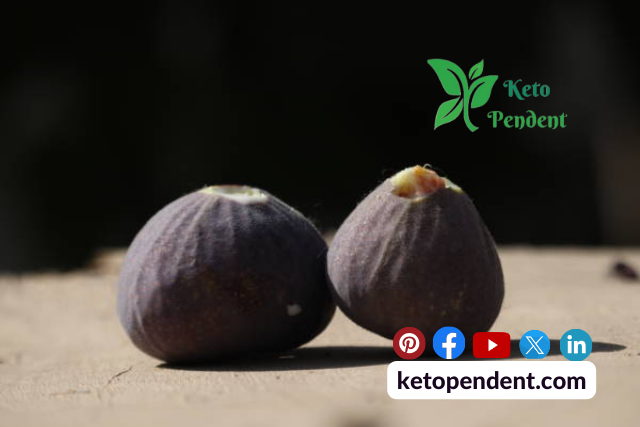

Fig and keto diet lovers are eager to learn about “Are Figs Keto?” So, I took the initiative as a nutrition expert to explain it well.
Figs, with their high natural sugar content, are not ideal for a keto diet. In a 100-gram serving, they pack around 16–18 grams of carbohydrates, primarily from sugars.
The keto diet thrives on low carbohydrate intake, usually ranging from 20 to 50 grams daily, promoting the body’s reliance on fats for energy instead of carbs.
Unfortunately, figs’ carb content doesn’t align well with this strict keto criteria. I will brief you on why figs aren’t friendly.
For those committed to a keto lifestyle, constant monitoring of carb intake is crucial. Opt for foods that adhere to your dietary goals. I have mentioned the moderate use of figs as per Keto Rules.
While minimal fig consumption might fit into a carb-conscious diet, exercise caution to avoid exceeding your daily carb limits.
Consider alternatives like berries (strawberries, blueberries, etc.), avocados, and coconuts. These options provide fewer carbs and can be more accommodating within the constraints of a keto diet.
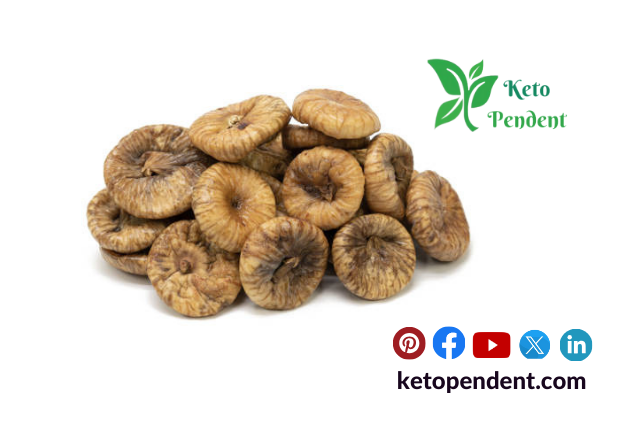
Dry figs (also known as dried figs) and fresh figs differ not only in their texture and moisture content but also in their nutrient concentrations.
Here’s a comparison between dry figs and fresh figs:
Fresh and dried figs offer health benefits, but preference, culinary uses, and nutrition goals influence choice.
Watch portion sizes with dried figs, which are concentrated in sugar and calories.
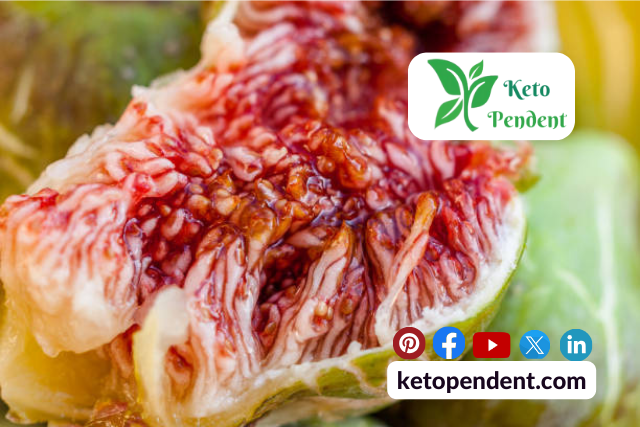
Figs are nutrient-dense fruits that offer a variety of vitamins, minerals, and other beneficial compounds. Here’s a breakdown of the nutrients found in a 100-gram serving of raw, fresh figs:
Figs are moderately calorie-dense. A 100-gram serving typically provides around 74 calories.
Figs are rich in carbohydrates, with approximately 19 grams per 100 grams of fresh figs. The majority of these carbohydrates come from sugars, including natural sugars like glucose and fructose.
Figs are a good source of dietary fiber, providing about 3 grams per 100 grams. Fiber is essential for digestive health and can contribute to a feeling of fullness.
Figs contain a small amount of protein, around 0.8 grams per 100 grams.
Figs are very low in fat, with less than 0.4 grams per 100 grams.
Figs contain antioxidants, including polyphenols, which may help protect cells from oxidative damage.
The nutritional content can vary slightly based on factors such as the variety of figs and their ripeness. While figs are nutrient-rich, their natural sugar content makes them less suitable for those following a strict keto diet.
However, you can still enjoy it in moderation as part of a balanced diet.

Figs are not considered keto-friendly, primarily due to their carbohydrate content. The keto diet is characterized by a low carbohydrate intake, typically ranging from 20 to 50 grams of net carbs per day.
Figs, while nutritious, are relatively high in natural sugars and carbohydrates, making it challenging to fit them into a strict keto diet. Here are some reasons why figs may not align well with the keto diet:
Figs contain a significant amount of carbohydrates, with a 100-gram serving providing around 19 grams of total carbs. This includes natural sugars like glucose and fructose.
The sugars in figs, even though they are natural sugars, contribute to the overall carbohydrate content. For individuals on a keto diet, minimizing sugar intake is crucial to maintaining a state of ketosis.
The carbohydrates in figs can lead to an increase in blood sugar levels. Keto diets aim to keep blood sugar levels stable and low, so foods that cause rapid spikes in blood sugar are generally avoided.
Figs do contain fiber. The fiber-to-carbohydrate ratio may not be as favorable for keto dieters as some other low-carb fruits and vegetables.
Fiber helps slow down the absorption of sugars, but the overall carb content is still a consideration.
Figs aren’t suitable for strict keto diets. Individuals following a more liberal low-carb approach or a cyclical keto diet may choose to include small amounts of figs occasionally.
Be careful of your overall carbohydrate intake for the day. Those on a keto diet need to focus on low-carb, high-fat foods to maintain ketosis and achieve their dietary goals.
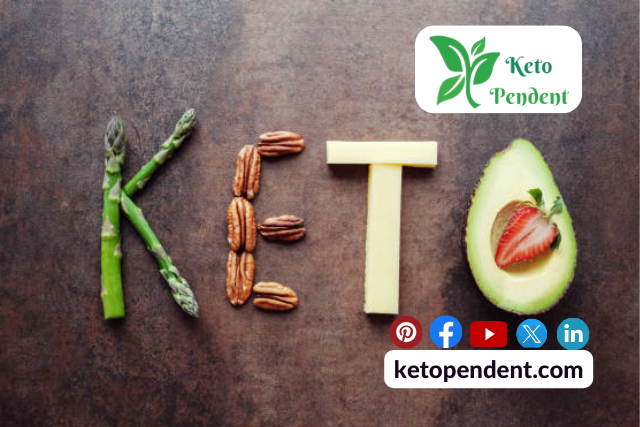
When it comes to a keto diet, the goal is to limit carbohydrate intake to induce a state of ketosis, where the body primarily uses fat for fuel instead of carbohydrates.
As a result, fruits are generally limited on a strict keto diet because they tend to be higher in natural sugars and carbohydrates.
However, some fruits are considered more keto-friendly due to their lower carbohydrate content.
Here are some examples of fruits that are often considered more suitable for a keto diet:
Berries are relatively low in carbohydrates and high in fiber and antioxidants, making them a popular choice for those following a keto diet. They can be enjoyed in moderation.
It’s important to note that even with these relatively lower-carb fruits, portion control is crucial on a keto diet. Additionally, individual tolerance to carbohydrates can vary, and some people may need to be more restrictive with their fruit intake to maintain ketosis.
Always consider the net carb content (total carbs minus fiber) when making dietary choices on a keto diet. It’s advisable to monitor your overall carbohydrate intake and choose foods that align with your specific macronutrient goals.
If you have specific health concerns or conditions, it’s recommended to consult with a healthcare or nutrition professional for personalized advice.

If you use figs in moderation and pair them with low-carb ingredients, you can still enjoy some treats. Here’s a simple recipe idea:
These energy bites provide a sweet and satisfying treat without adding too many carbs. Consider the carb content from the dried figs and adjust your portions accordingly to fit within your daily carb limit on a keto diet.
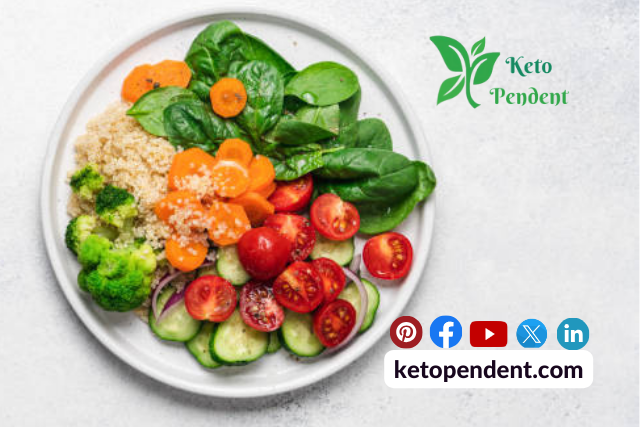
Here is a keto-friendly list of dried fruit:
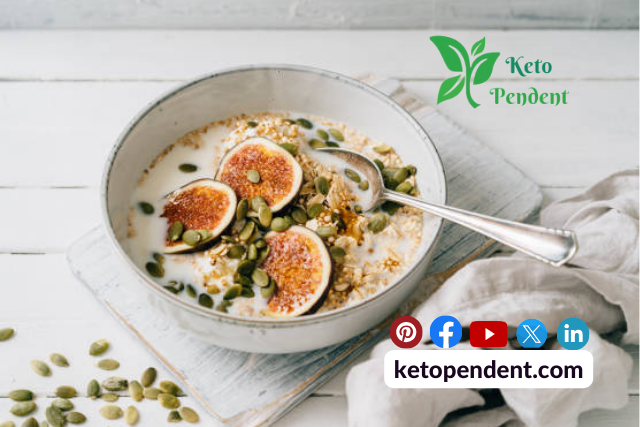
Here are Keto Fig Energy Bites for you. Combine soaked dried figs, almonds, chia seeds, and a touch of vanilla. Roll into bites for a low-carb, energy-boosting snack.
Mix fresh figs, goat cheese, arugula, and a keto-friendly dressing for a delicious and satisfying salad.
Blend fresh or rehydrated dried figs with unsweetened almond milk, spinach, and a scoop of keto-friendly protein powder.
Create a chia pudding by combining chia seeds, almond milk, and chopped figs. Let it set in the fridge for a tasty, low-carb dessert.
Wrap fresh figs with prosciutto slices for a savory and sweet keto-friendly appetizer or snack.
You need to monitor portions to stay within your daily carb limit on a ketogenic diet. Enjoy these recipes as part of a balanced and low-carb eating plan.
It is also interesting to learn ”
Let’s see what people are talking about “Are figs keto?”
Figs are high in carbs, so limit them on keto. Choose low-carb fruits like berries. so, figs aren’t keto ok.
Around 20 grams in 3 dried figs. Watch portions to manage carb intake.
Fresh figs have more water and fewer carbs. Consider them in moderation.
Try keto fig energy bites. Use almonds, coconut, and chia seeds. Watch portion sizes.
Be mindful. Small amounts occasionally may fit. Monitor overall carb intake.
So, finally, “Are figs keto“. Figs pose a challenge on a keto diet due to their high natural sugar content. A 100-gram serving of fresh figs contains around 16–18 grams of carbs, making it tricky to fit within the daily keto limit of 20–50 grams.
Keto-friendly alternatives include berries, avocados, and coconuts. Moderation is key, even with keto-fig recipes like energy bites.
Balance is crucial. While figs may not be ideal for strict keto, adjusting portion sizes and considering lower-carb alternatives can help align with nutritional goals on a keto diet.